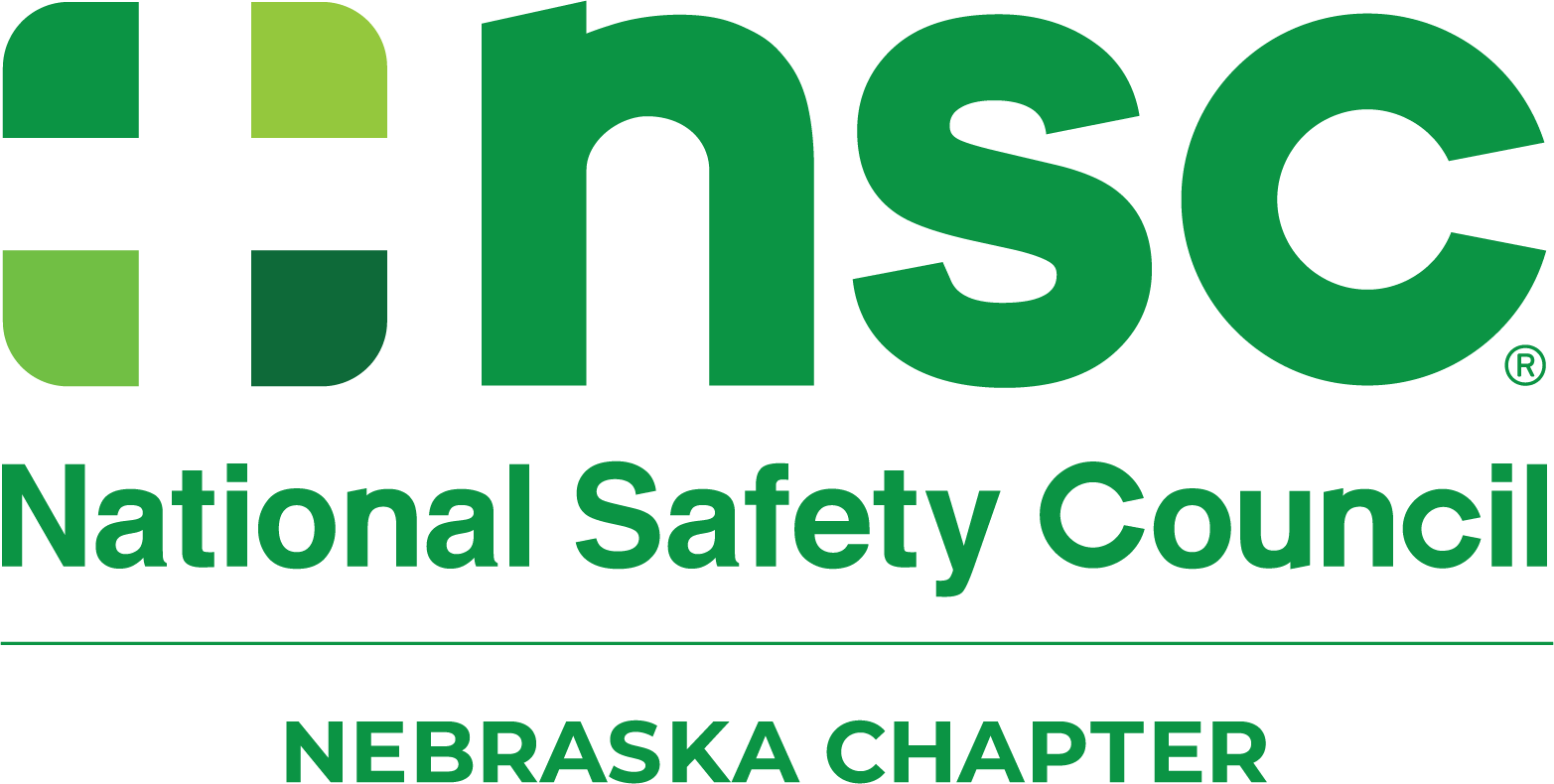When it Comes to Skiing, Don't Take a Crash Course
Many of us remember the day we heard Sonny Bono, a California congressman and half of the singing duo, Sonny and Cher, died while on a ski trip with his family in Lake Tahoe, Calif.
Bono was no amateur when it came to skiing. In fact, CNN quoted a family spokesperson as saying Bono was a "very proficient skier" and an "athletic guy." He had been skiing on those same slopes for more than 20 years. Media reports said that Bono was skiing alone when he slammed into a tree at a high rate of speed. The New York Daily News reported he skied off the main trail and was likely weaving in and out of trees in fresh powder when he was killed.
Hone Your Safety Skills
Skiers and snowboarders, no matter how experienced, should never ski alone. Nor should they ski off the designated trails. Experts believe Bono was killed on impact, but in many cases an injured skier can be saved if someone is there to help.
According to the Consumer Product Safety Commission, snowboarding caused 54,188 emergency department visits in 2011. Excess speed, loss of control and collisions with stationary objects, like a tree or lift tower, are the most common factors associated with fatalities.
All skiers and snowboarders should take the time to review proper skills and safety techniques.
- Get in shape for the season, and not just the week before a ski trip; a regular exercise routine will help reduce fatigue and injury
- Beginners should invest in proper instruction, including learning how to fall and get back up; experienced skiers should take a refresher course
- Always know the weather conditions before heading to the slopes; time of day can also affect visibility and make obstacles difficult to see
- Give skiers in front of you the right of way; they most likely can't see you
- If you have to stop, stop on the side of a run, not in the middle
- Look both ways and uphill before crossing a trail, merging or starting down a hill
- Use skis with brakes or a snowboard with a leash to prevent runaway equipment
- Never ski on closed runs or out of boundaries because these areas are not monitored and there is no way to know what the snow conditions are; a rogue skier could even cause an avalanche
Be Safe with Proper Gear
Helmets reduce head injuries. However, even though helmet use has increased over the years, traumatic brain injuries still can occur with helmet use. Severe injury and death is prevented by avoiding risk-taking behaviors.
Skiers and snowboarders also should select quality equipment. Improperly fitted or misadjusted gear can cause injury, so it's best to ask for expert advice when purchasing and fitting boots, bindings and skis. While trendy ski apparel looks good on the slopes, clothing should be functional. Wear bright colors, dress in layers and make sure outerwear is made of fabric that is not only water repellent, but slide-resistant.
Following these basic safety tips will go a long way toward ensuring that next powder run isn't your last.
Slippery Slope: Take Care to Prevent Sledding Injuries
If you are planning on taking the kids to the local hill, don't just drop them off, especially if they're under age 10. Stick around while they sled, make sure all sledders wear a helmet – sledding injuries often include skull fractures – and be sure to share these important guidelines with them so they can enjoy tobogganing and sledding safely.
- Make sure all equipment is in good condition, free of sharp edges and cracks
- Sled on spacious, gently sloping hills with a level run-off at the end so the sled can safely stop
- Check slopes for bare spots, holes and obstructions, such as fences, rocks, poles or trees
- Do not sled on or around frozen lakes, streams or ponds
- Riders should sit or lay on their back on top of the sled with feet pointing downhill; never sled head first
- Dress warmly, and wear thick gloves or mittens and heavy boots to protect against frostbite and injury
Is a Sledding Ban on the Horizon in Your Community?
When the news broke in January 2015 that various cities in New Jersey, Iowa, Indiana, Nebraska, Illinois and elsewhere were considering a sledding ban, you could almost hear the collective "Noooo!" from kids everywhere. Even parents polled by media outlets overwhelmingly oppose a sledding ban.
While some states are protected by immunity laws, in other states sledding injuries have led to lawsuits, and municipalities have had to pay out millions of dollars to the injured. It's no wonder some cities don't want to take that financial risk.
Even if hundreds of communities ban sledding, kids still will find a place to do it. Awareness of one's surroundings and adherence to safety guidelines do not take away from the thrill of sledding, but a trip to the hospital most likely will.
